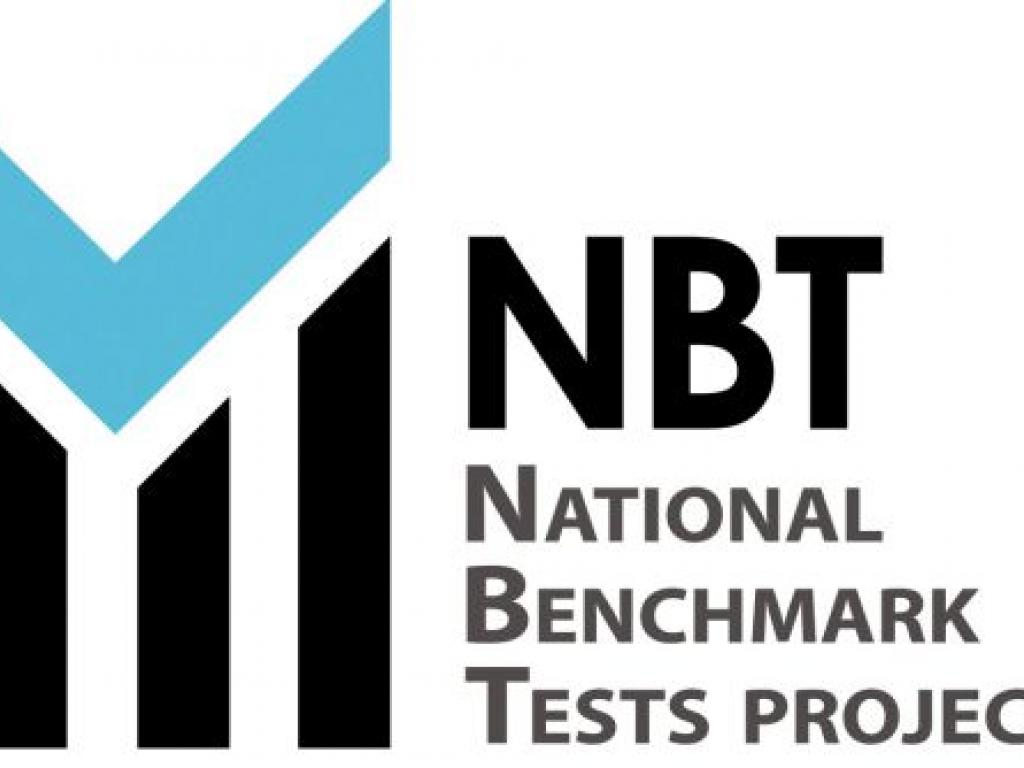School-leaving and university entrance assessments in explaining performance in Engineering studies

School-leaving and university entrance assessments in explaining performance in Engineering studies", by Robert Prince, Darlington Mutakwa, and Janine Dunlop, has been published in the Proceedings of the 4th Biennial Conference of the South African Society for Engineering Education (page 250).
Abstract
Only about 40% of South African first-time entering Engineering cohorts graduate within five years. An argument has been made that selection mechanisms will be needed to identify students who have the prior knowledge and ability needed to succeed in regular programmes and that selection tools such as Grade 12 results and other nationally or locally designed placement tests, such as the National Benchmark Tests (NBTs), be used for this purpose. The NBTs are a set of optional standardised tests that assess whether first-time applicants to South African universities are ready for the academic demands of tertiary education. The contribution of the NBTs to admission and placement has been investigated by a number of authors who have examined their effectiveness at forecasting success and for determining the need for additional academic support. None of these studies have focussed on Engineering or used dominance analysis as a method. This study focusses on cohorts from the Engineering and the Built Environment Faculty at a South African University. It uses linear regression and dominance analysis as well as categorical methods to investigate the contributions made by the national assessments in explaining higher education performance to inform Engineering admission, especially placement, policies as well as curriculum practices. The value of this information has significant potential to enhance retention and graduation if used appropriately. If South African universities are to continue to provide access, redress and success, particularly to students from socio-economically disadvantaged backgrounds, they should consider not only students’ school-leaving performance but also their strengths and weaknesses as diagnosed through the NBTs.
